Amid rapidly changing consumer experiences driven by diverse values and shorter consumption cycles, more and more emphasis is being placed on initiatives to improve the customer experience (CX) and the advancement of direct-to-consumer (D2C) efforts. ABeam Consulting has trialed these through its live auction sales model in the sports industry, identifying new fan characteristics and purchasing behavior as a result. We believe that this information shows new ways for companies to build relationships with fans (customers), as well as entertainment-driven consumption behavior. This information will prove useful to not only the sports industry but all fan-supported businesses.
As a two-part special, this Insight uses the results of our trial in the sports industry to introduce the concept of a CX transformation driven by direct-to-fan (D2F) efforts, which can be applied to all industries.
Part One will take a look at different fan types and entertainment-driven consumption behavior viewed from our D2F trial in the sports industry. Part Two will focus on changes in customer experience pushed by technological innovation, how companies must respond, and approaches to promoting D2F strategies.
CX transformation accelerated by Direct to Fan (D2F) × Entertainment-Driven Consumption: Fan Types and Consumption Behavior Observed from Sports Fans (Part 1)
- Sports And Entertainment
- Retail/Distribution
- Marketing, Sales, and Customer Service
- Commerce

What Is a CX Transformation Made Possible by D2F?
In recent years, with rapidly changing consumer experiences driven by diverse consumer values and shorter consumption cycles, the need for companies to be chosen over many competitors has intensified due to improvements in CX. To stand out against competitors, traditional marketing is no longer effective with just basic customer segmentation by status, age, or gender, and purchase history analysis. Companies face a scenario in which they must invest capital with uncertainty over whether their investments will pay off.
This Insight introduces new ways to build brand and fan relationships, as well as fan consumption behavior (entertainment-driven consumption) obtained from our trial in the sports industry. We look at the concept of a CX transformation driven by D2F efforts, which can be applied to all industries. We believe that these fan types and entertainment-driven consumption behavior will act as a new tool to help companies reevaluate their customers and enhance relationships with them.
Let’s start with the two perspectives of D2F.
- D2F seen from the movement of people
This Insight defines D2F as a state where a company manages its fans directly without a middleman, like an agency. - D2F seen from the movement of goods
While D2C typically refers to delivering products or services directly to customers without a middleman like a wholesaler, this Insight defines this concept as D2F, thereby emphasizing the relationship with fans rather than general consumers.
By companies forming a direct relationship with their fans (D2F) rather than through an agency or the like, it enables them to tackle the following business challenges.
- Reliance on existing sales channels
- Issues of company/brand recognition
- Issues of utilizing technology and data
- Issues of logistics and customer support
- Organizational culture and decision-making process becoming rigid
Entertainment-driven consumption and fan/behavior types observed from live auctions
In August 2023, ABeam Consulting carried out a six-month trial with the Japan Sports Agency to promote D2F. In other words, we undertook a revenue model transformation at sports clubs. We used an e-commerce platform we built using Shopify to hold four live auctions with three sports clubs. The results are shown as a fan analysis matrix and can be applied across industries. The matrix focuses on the patterns of entertainment-driven consumption seen through fan consumption behavior, as well as fan types and fan behavior types.
Background: Features of revenue structure in sports industry
The reasons for focusing on the relationships between clubs in the sports industry and their supporters as a fan analysis are: (1) relationships between clubs (companies) and their fans are diverse, and (2) the participating clubs had not yet implemented D2F so they needed to perform test marketing to see its effectiveness.
There are various revenue sources in the sports industry, but the main one is from corporate sponsorships. Due to the unique revenue structure, the relationship between clubs/players (the business side) and fans (the supporter side) is that of “being supported vs. being a supporter.” This dynamic differs a lot from the typical “seller and buyer” relationship seen in conventional customer-facing businesses involving products and services (see Figure 1). The entertainment industry also adopts a similar structure to the sports industry.
Many sports clubs (companies) maintain a relationship where they can connect directly with fans, but sales of tickets and merchandise are outsourced to agencies, resulting in intermediary margins from commission fees. In terms of the movement of goods, there are many cases where D2F is not possible as a revenue structure.
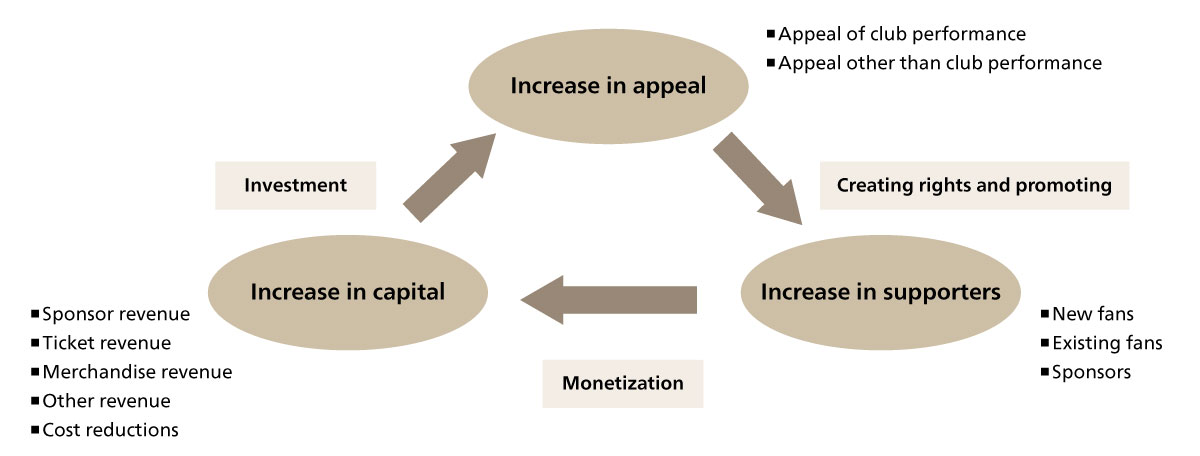 Figure 1: Sports industry management cycle
Figure 1: Sports industry management cycle
Entertainment-driven consumption: Consumption behavior of fans in live auctions
Our live auction e-commerce platform works by embedding live videos from a club’s YouTube account into an auction page, allowing fans to watch video content while participating in an auction. Unlike the regular purchasing of goods, this live auction sales model can instantly boost fans’ buying motivation through its entertainment and event-like experience. Furthermore, even non-buyers who did not actually bid on any auctions participated in the live auction to watch content on their favorite players.
The elements that make up entertainment-driven consumer behavior in live auctions observed from our trial with the Japan Sports Agency are shown below (see Figure 2).
Emotional: latest information input and cultivation of emotional engagement through live video streaming
- Live: live engagement generated through excitement and interactions with fans, such as with live streams with players and being able to ask questions or make requests to players in the comments section
Simple: an e-commerce store that makes it quick and easy to make a purchase
- One-click: a sales flow with minimal transitions, enabling users to get to products without navigating through the site
Special: one-of-a-kind products that make fans feel special
- Only One: listing of rare items such as one-of-a-kind or signed products, with auctioned items handed directly from players to fans
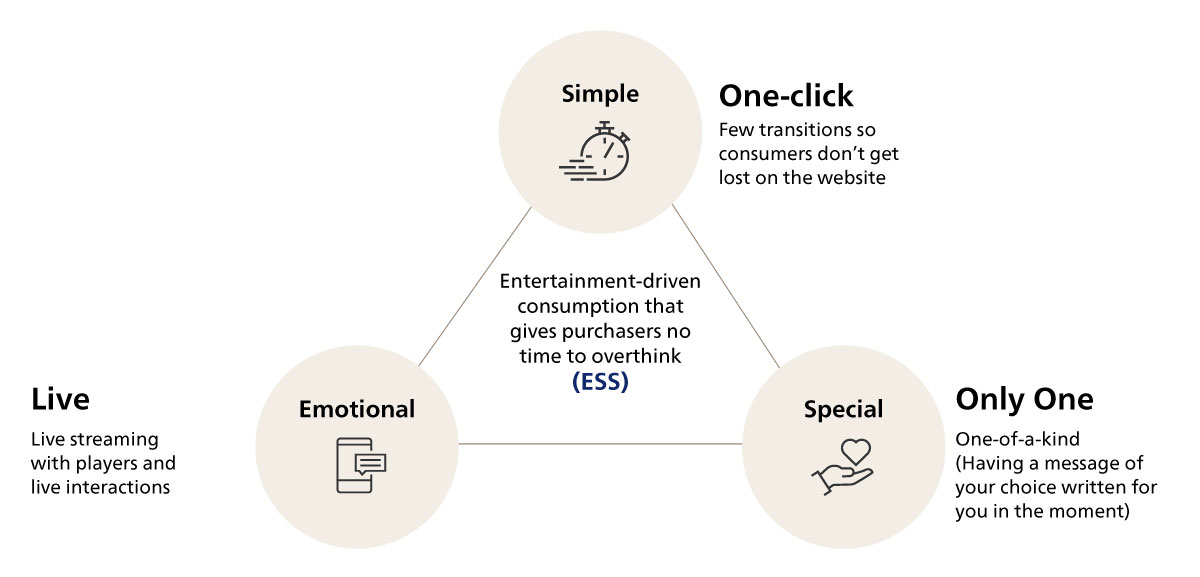 Figure 2: Consumer behavior in live auctions observed from our trial with the Japan Sports Agency
Figure 2: Consumer behavior in live auctions observed from our trial with the Japan Sports Agency
The results of analyzing the live auctions showed that the “amount of visitor access to the site” and “number of bids in auctions” increased among fans feeling passionate during the live streams. This indicates that it is possible to maximize added value through a live event (see Figure 3).
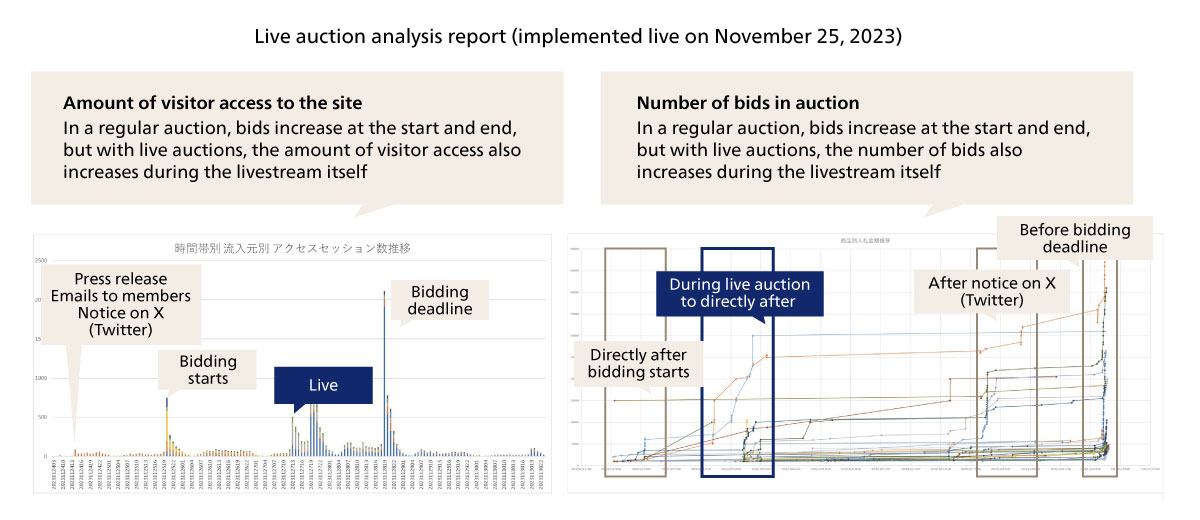 Figure 3: Consumer behavior in live auctions observed from our trial with the Japan Sports Agency
Figure 3: Consumer behavior in live auctions observed from our trial with the Japan Sports Agency
Fan Relationship Type: types of relationships between fans and players/clubs
The result of the trial was that new fan types emerged from the relationship between fans and players, rather than classifications such as new/existing fans, light/core fans, gender, and age.
The relationships between fans and sports clubs/players at said clubs were categorized into the following four types. These four categories were derived from sales and bidding data during the live auctions, post-auction survey results, and YouTube comments during live streams.
Types of relationships between fans and players/clubs
- Family/Friend (for belonging)
Fans who support a club/players as if they were supporting a relative or their own child.
These fans prefer family-like events such as send-off events or sports days. They seek opportunities to support the club with a sense of belonging. - Community (for interaction)
Fans who support a club/players as a means to deepen interaction with friends/acquaintances.
These fans prefer seasonal events like summer festivals or events with ties to the local community. They seek opportunities to deepen their ties within a community with the common interest of supporting the players/club. - Star (to idolize)
Fans who idolize the players as their heroes/heroines.
At clubs with lots of “star fans,” the right to have a promotional photo taken like the players drew little interest, while the right to photograph players during training attracted many bids. This showed that there is a strong demand for experiences that involve following the players. - Business (for commercial purposes)
People who engage with the club or players through corporate sponsorships or use of VIP rooms for business meetings.
Not necessarily a fan of the club/players, but make a large financial contribution.
Although we identified these four fan types, a single fan of a club is not necessarily just one type (see Figure 4). Some fans may have numerous relationship types depending on the characteristics of the club.
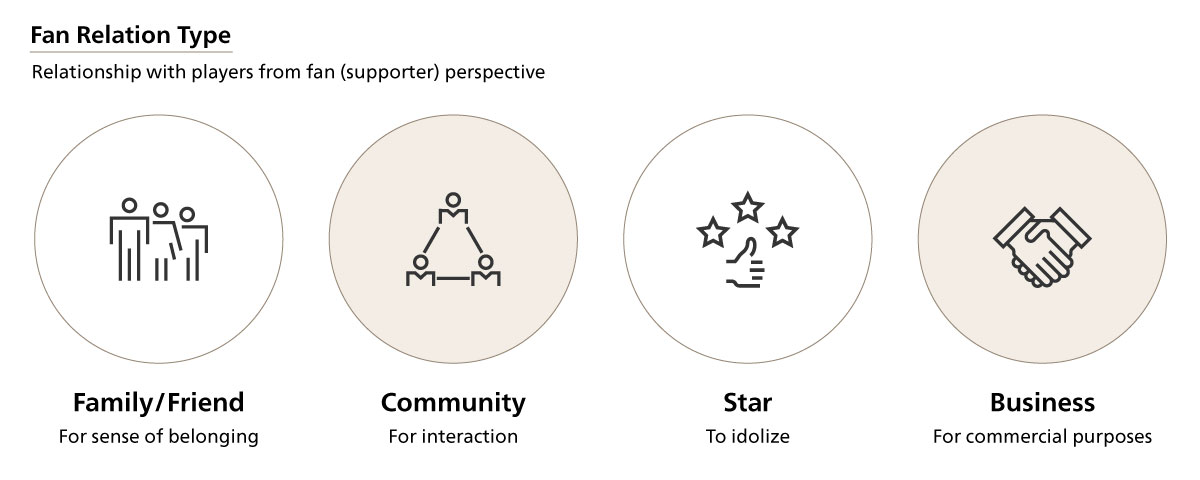 Figure 4: Fan Relationship Type: types of relationships with players from a fan’s perspective
Figure 4: Fan Relationship Type: types of relationships with players from a fan’s perspective
Action Type: behavior type
The trial found that even non-buyers show behavior that makes them valuable potential customers. Such fans support the club over the medium- to long- term through actions like content viewing and sharing via chat, not just through how frequently they make purchases (see Figure 5).
Behavior type
-
Watchers (people who want to watch)
The behavior type where one is more likely to enjoy “seeing” a player or “watching” a match◇Behavior patterns during live auctions
-
Will watch the live stream but will not take part in the auction
-
Will watch the match but will not take part in the auction linked with the match or purchase goods
◇Measurement approach
-
Percentage of bidders to YouTube viewers
-
Rate of participation in auction by fan club members (number of bids)
-
-
Communicators (people who want to interact)
The behavior type in which one finds joy in direct interaction with players and sharing or discussing experiences of matches or players with others◇Behavior patterns during live auctions
-
Chats using the YouTube chat function
-
Purchases experience rights rather than merchandise
-
Chooses to receive a product directly from a player instead of delivery
◇Measurement approach
-
Number of chat comments
-
Respondents answered that their most memorable experience during the live auction was the interactions
-
-
Status Lovers (people who love social prestige)
The behavior type in which one enjoys obtaining items or experiences (like autographs or photos with players) that can be shown to others to make one look good◇Behavior patterns during live auctions
-
Wants to win any product rather than a specific product (to express oneself through ownership)
-
Corporate sponsors (for distinction, advertising effect)
◇Measurement approach
-
Number of multiple-item bids/wins by the same individual
-
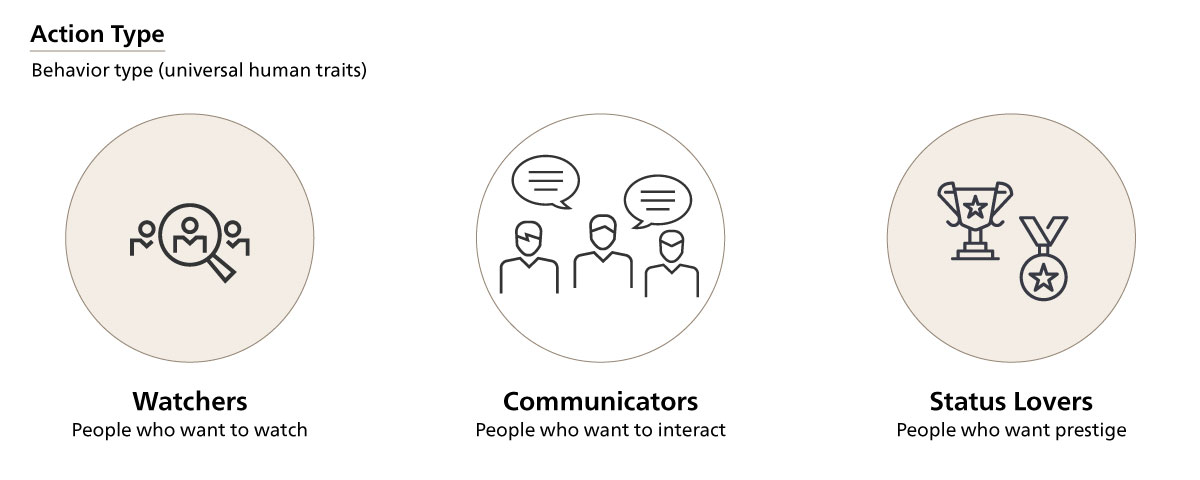 Figure 5: Action Type: type of universal behavior traits
Figure 5: Action Type: type of universal behavior traits
Fan Analysis Matrix
Based on the survey results and sales data trends of the fans of the three clubs, we created the following fan analysis matrix and analyzed the characteristics of each club (see Figure 6).
The horizontal axis represents the type of relationship with players/club from a fan viewpoint, highlighting the distance between fans and players/club. The vertical axis represents “behavior type,” highlighting spending power as a contribution to the players/club.
As club marketing activities, we start by targeting core fan segments that align with the club’s characteristics. Then, we expand initiatives both vertically and horizontally within a matrix based on the club’s branding and desired direction. By doing so, we can increase the number of fans and strengthen fan loyalty.
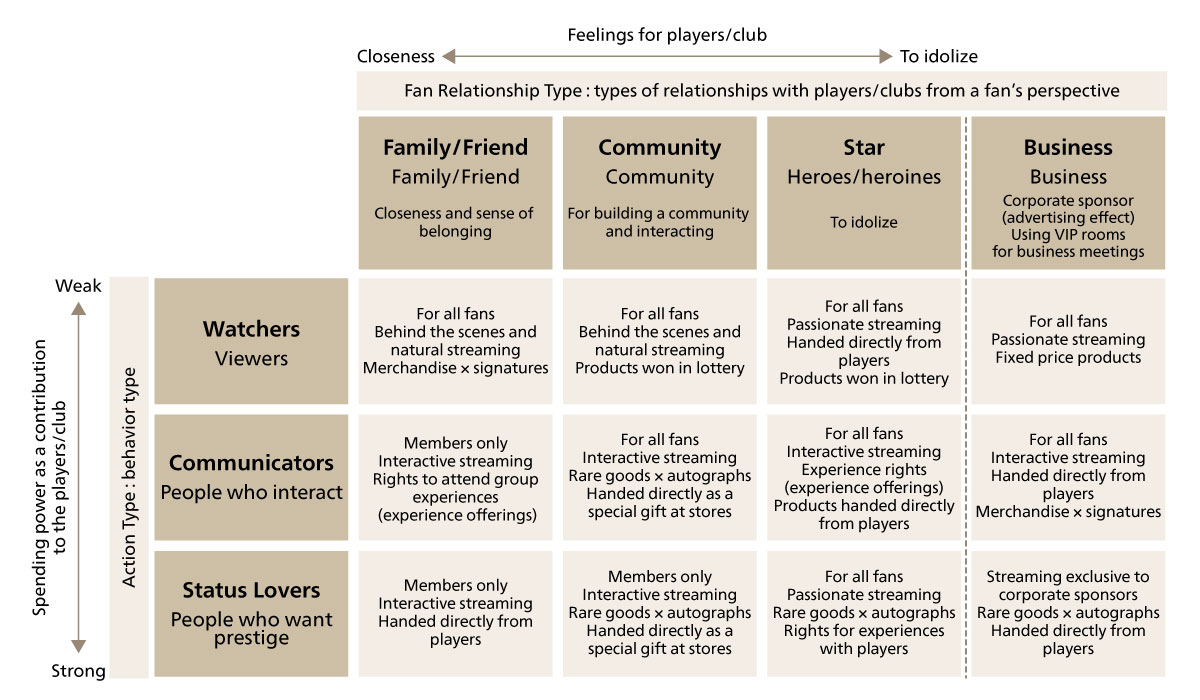 Figure 6: Fan analysis matrix
Figure 6: Fan analysis matrix
By using a matrix to map the relationship between the company and its customers and categorizing customer behavior types, this fan analysis matrix can also be applied beyond the sports industry to areas such as consumer goods and retail businesses/brands. Going forward, we would like to use this fan analysis matrix to add new perspectives to the traditional segmentation such as age and gender in order to help build optimal relationships with customers and examine better marketing plans.
Summary
Thus far we have looked at the different fan types and entertainment-driven consumption behavior viewed from our D2F trial in the sports industry. We believe that these fan types and entertainment-driven consumption behavior will act as a new tool to help companies reevaluate their customers and enhance their relationships with them in today’s society where consumer behavior is changing rapidly.
ABeam Consulting contributes to facilitating D2F at companies by helping analyze customer and behavior types, as well as support the building of sales channels that allow quick marketing for analysis purposes.
Part Two of this Insight will look at the technological innovation and changes in customer experience that form the backdrop to the growing need to adopt approaches to facilitate D2F in all industries, how companies must respond to these changes, and approaches to promoting D2F strategies.
Click here for inquiries and consultations
